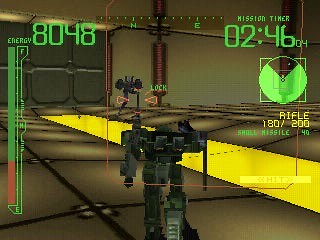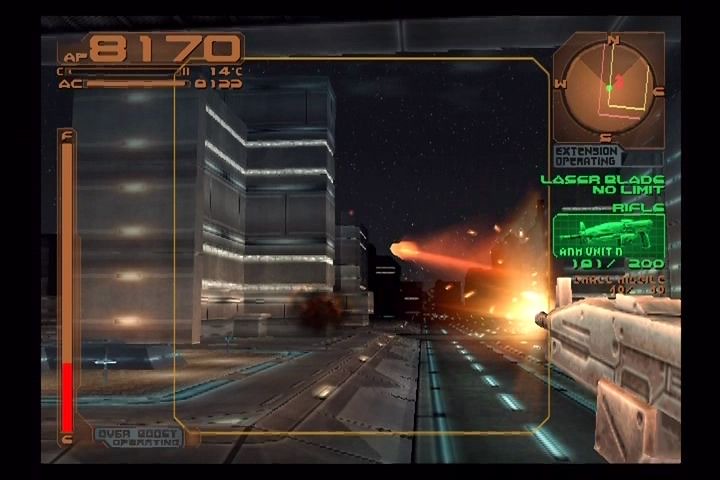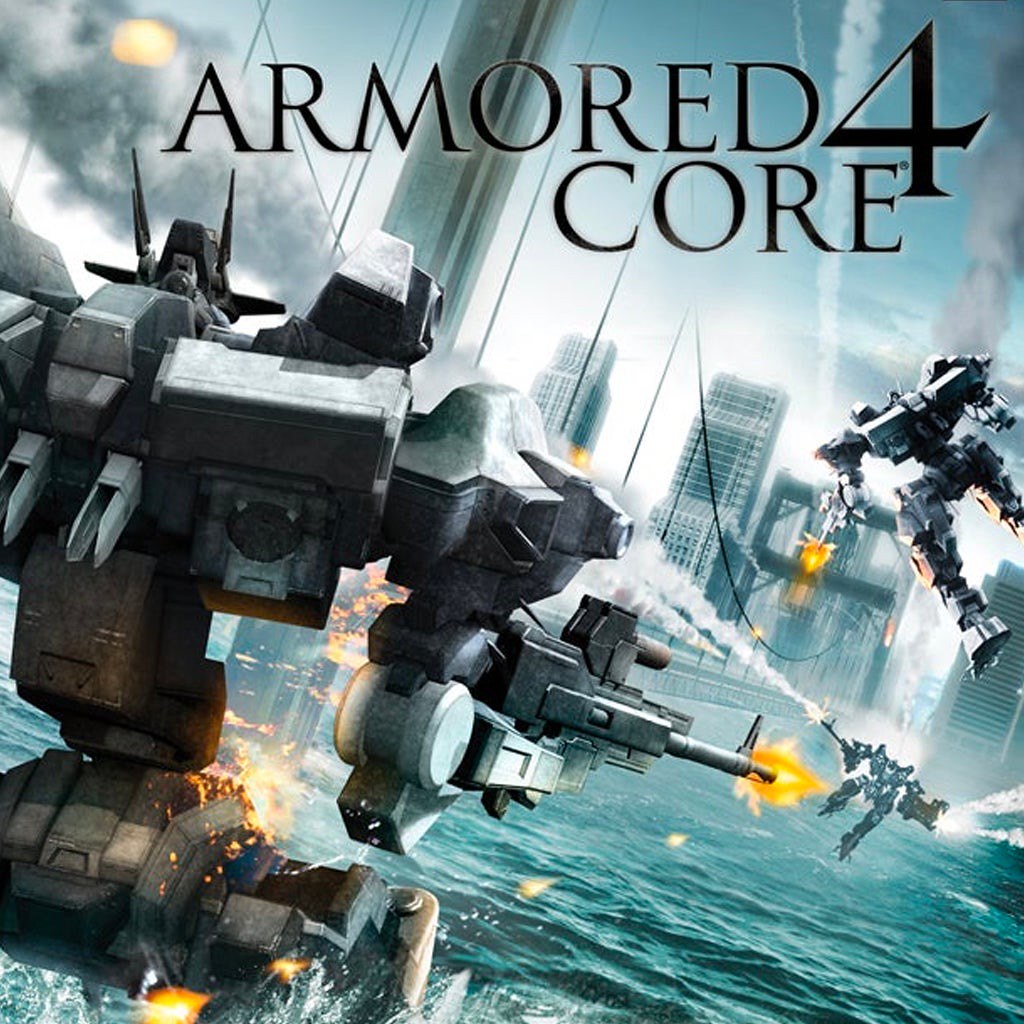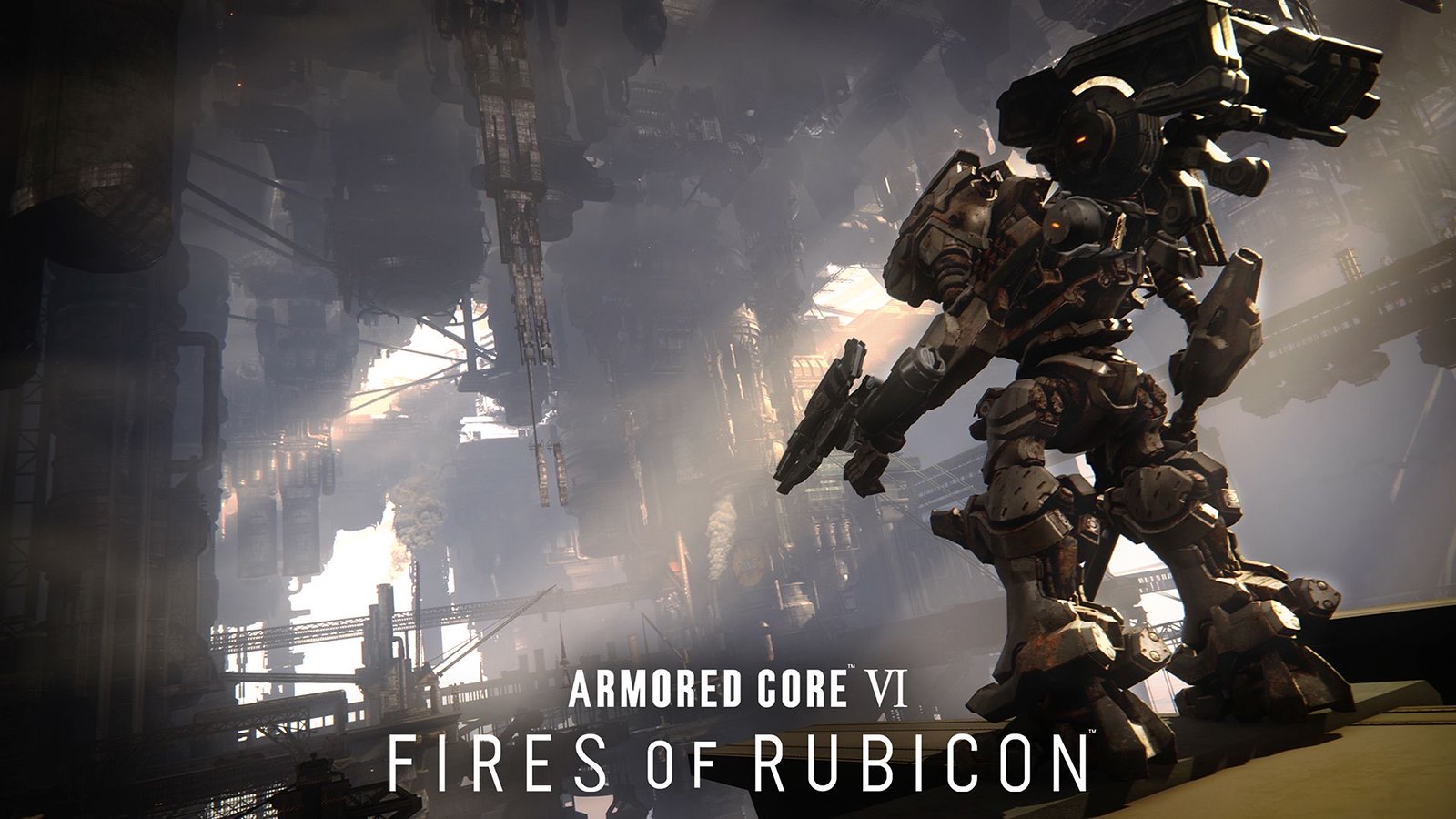When one thinks of FromSoftware, their mind likely jumps to its many action role-playing Souls/soulslike titles. While those games are a massive part of the studio’s legacy, the cult-favorite Armored Core series is equally crucial to its long-term success. By committing to consistent, almost yearly entries from 1997 to 2013, FromSoftware found its footing in the gaming world and learned many valuable lessons from the series that appear in its work today–the suite of customization options, the focus on worldbuilding, and the commitment to cater to a dedicated core audience.
Armored Core is a sci-fi action game series that blends high-speed mech combat with intricate simulation elements where you assemble a mech of your dreams using numerous weapons and parts. Like FromSoftware’s Souls-like titles, each Armored Core game is often set in its own distinct dystopian or post-apocalyptic universe, sometimes referencing past franchise themes, plot points, and characters. However, within each numbered entry is a narrative you can enjoy across multiple games and expansions.
With the upcoming release of Armored Core VI Fires of Rubicon, the long-running series returns to a sizable new audience with a fresh adventure after a 10-year absence. For those only familiar with FromSoftware’s Soulslike games, this Armored Core game will be their first, but it’s only the latest entry in a series with a long, rich history.
Join us as we explore Armored Core’s humble beginnings and how each entry evolved its iconic mech action.
Armored Core
Armored Core | U.S. Release: 1997 | PlayStation
Armored Core: Project Phantasma | U.S. Release: 1998 | PlayStation
Armored Core: Master of Arena | U.S. Release: 1999 | PlayStation
FromSoftware hit the ground running with the first Armored Core on the original PlayStation, masterfully captivating players with the basic formula of the series. It fulfilled the fantasy of constructing a giant mech from the ground up with a bevy of customization options, including a wide range of weaponry, body parts, and boosters. You could custom-tailor your Armored Core (AC for short) to tackle the game’s many campaign missions with a variety of suitable playstyles.
In its day, playing the first Armored Core made you feel like a pilot learning the ropes of controlling a giant mech. Though with a lack of dual analog support and a complex control scheme, learning to handle your AC and leverage its arsenal took commitment and patience.. Due to the game’s movement and camera controls requiring complex combinations of face and shoulder buttons, hands could end up twisted like a pretzel after a play session—a shared struggle among early Armored Core players that FromSoftware would rectify in later releases.
In later standalone expansions Armored Core: Project Phantasma and Master of Arena, FromSoftware introduced more series staples. Project Phantasma debuted Arena Mode–which Master of Arena significantly expanded upon. In Arena Mode players face off against formidable AI-controlled AC pilots, emulating a robot gladiator-like experience. It also introduced longer, more complex campaign missions. These expansions allowed you to import saves from previous entries, including your AC and specific weapons/items.
Armored Core 2
Armored Core 2 | U.S. Release: 2000 | PlayStation 2
Armored Core 2: Another Age | U.S. Release: 2001 | PlayStation 2
The Armored Core series followed Sony into the PlayStation 2 era with Armored Core 2 and its sequel, Armored Core 2: Another Age, both of which kept the basic formula of the series intact, with all its customization intricacies. Armored Core 2 stuck closely to what made the early titles work, but Another Age would see somewhat of a shakeup. The sequel featured over 100 playable missions, but no returning Arena Mode. It also saw the debut of a new local co-op mission mode.
However, arguably the most significant changes came from online multiplayer support. Player versus player (PvP) existed minimally in previous games with a split-screen versus mode, but online multiplayer brought new promise to the competitive Armored Core scene, ensuring continued growth for decades to come. Unfortunately, this online mode was only available in Japan due to the PlayStation Network Adapter only releasing in that region at the time of Another Age’s release.
Armored Core 3
Armored Core 3 | U.S. Release Year: 2002 | PlayStation 2
Silent Line: Armored Core | U.S. Release Year: 2003 | PlayStation 2
Armored Core: Nexus | U.S. Release Year: 2004 | PlayStation 2
Armored Core: Nine Breaker | U.S. Release Year: 2005 | PlayStation 2
Armored Core: Last Raven | U.S. Release Year: 2006 | PlayStation 2
Armored Core 3 introduced minor changes to the series formula. It brought back Arena mode, created a local four-player multiplayer battle mode, and returned to a post-apocalyptic setting akin to the original 1997 release of Armored Core.
However, the next four releases, Silent Line, Nexus, Nine Breaker, and Last Raven, offered more meaningful changes. Silent Line allowed you to bring along AI-controlled companions on missions and even train and test your skills against a CPU-piloted counterpart of your AC. Nexus added LAN multiplayer capabilities and dual analog controller support. Ninebreaker gave you access to an in-depth training mode. Last Raven combined all of these changes in a final expansion that concluded the Armored Core 3 storyline and was the first to feature multiple endings depending on your actions throughout the campaign.
Armored Core 4
Armored Core 4 | U.S. Release Year: 2006 | PlayStation 3
Armored Core: For Answer | U.S. Release Year: 2008 | PlayStation 3
Armored Core 4 was the advent of a new age for the Armored Core series and was notably directed by FromSoftware icon Hidetaka Miyazaki. While retaining the series’s signature mech customization, the game amplified combat speed with augmented boosting mechanics and mobility options, and achieved new heights of graphical fidelity thanks to the power of the PlayStation 3. It also improved accessibility by making the default control layout more ergonomic-friendly, allowing you to freely customize button inputs, and adding other options like auto-aim. Networking capabilities finally allowed you to compete against opponents worldwide, supporting battles of up to eight players.
The sequel Armored Core: For Answer introduced the Armsfort, a huge weapon far larger than the size of one’s own AC and Assault Armor, a type of barrier called Primal Armor, was converted into an offensive weapon. Thanks to these changes and additions, For Answer has become a fan favorite entry.
Armored Core V
Armored Core V | U.S. Release Year: 2012 | PlayStation 3
Armored Core: Verdict Day | U.S. Release Year: 2013 | PlayStation 3
The most recent entries in the series, Armored Core V and its sequel, Verdict Day, saw FromSoftware focus even more on online multiplayer, offering a slew of competitive PvP and PvE modes. The games notably decreased combat speed from Armored Core 4 to accommodate their return to a post-apocalyptic scavenger setting, placing more importance on placement and tactical play.
Armored Core V also saw the introduction of Ultimate Weapons, heavy-hitting back mount weaponry that can only be used once per mission. You could also switch on-the-fly between combat mode and a new scan mode, which identified surrounding threats while conserving energy.

Armored Core VI Fires of Rubicon
Armored Core has experienced many evolutions since its beginning, and FromSoftware has taken the most critical lessons from each entry to innovate the franchise and retain the features and mechanics that players love most. Learn more about the upcoming sequel in a Q&A with FromSoftware developers.
See how the studio reinvents the series when Armored Core VI Fires of Rubicon launches on August 25 for PlayStation 5.
Source: Playstation Blog
—




